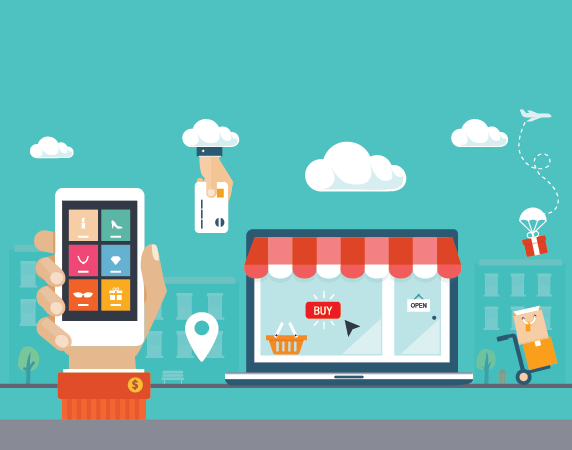How Important is Technology in Retail: 4 Focus Areas
The retail industry is one that constantly strives to stick to margins. It’s a live or die scenario for most retail companies these days, with their managers struggling to maintain their costs low and revenues high. That’s a pretty hard thing to maintain, considering the level of competition in the industry. Every retailer is always on the lookout for ways to lure more customers into their nets while at the same time keep their costs in check. And technology has always been a means for them to achieve both these goals.
Technology spending in the global retail sector is predicted to reach $203.6 billion in 2019. Ever-changing customer expectations are forcing retailers to digitally transform their businesses. Customer experience, inventory management, supply chain management and the like are some areas where technology is being used and improvements are being made. For example, wireless technology is something that has played a huge role in transforming the retail industry, by allowing devices and people to communicate with one another from anywhere in the world. Although, its adoption has been limited by a number of factors like security concerns, deployment costs etc.

Considering the race for retail companies to bag the most number of consumers, it is almost inevitable that they make use of technology if they have to stay ahead. It is indeed important to adopt new technologies in retail business, as customers always go for maximum ease and efficiency when it comes to shopping, and if you fall short, you are just going to get phased out.
Just like customer experience and supply chain management, there are various aspects in retail where you can leverage technology to increase productivity and profits. Here we discuss few such areas, where you can make use of technology and streamline your business.
Related Read: Top Tech Trends Every Retailer Must Implement NOW
Point of Sale (POS) AND Payments
The physical location where goods are sold to customers – the point of sale – was traditionally the place where customers used to stand in line for hours to make a purchase. But studies have shown that in long lines, one out of ten customers would leave without making a purchase. Long lines may also cause resentment among customers which makes them less likely to visit the store again.
Using technology can help prevent these issues in several ways. For example, with the help of handheld computers, scanners and printers with integrated credit card readers, the point of sale can be made to be fully mobile and hence a lot faster. During times of high sales, these mobile POS terminals can be used throughout the store at several places so that customers can get their stuff billed at any of those counters quickly.
Moreover, the sales personnel with these handheld POS terminals can also process transactions while moving through checkout lines in order to accelerate the checkout process as well. For customers with lesser products, their transactions can be completed while they are still in their lines. For other customers, their products can be scanned with a barcode scanner while they are in their line and tickets can be printed with prices along with a master barcode for the entire merchandise.
On reaching the counter, only the master bar code needs to be scanned for the total price. This eliminates the need for the checkout clerk to process each item individually, thereby hastening the entire process.
Contactless Payments
Contactless payments are one of the most beneficial technological advancements in the world of payments. These help in making check out processes faster in retail stores as well. Contact payment systems are basically credit cards, debit cards, smart cards or even devices like smartphones and tablets that make use of Radio Frequency Identification (RFID) or Near Field Communication (NFC) technologies to make secure payments. They have an embedded chip and an antenna that allows users to simply wave their card over a reader at the POS terminal, and make their payment.
They don’t even have to sign a receipt or enter passwords or PINs (Personal Identification Numbers) as is the case with normal debit or credit card payments. This eliminates the need for customers to deal with the problems of handling cash or remembering their PINs. Also, speeds up transactions, which makes it one of the most preferred means of making payments for customers.
According to several pieces of market research, it has been found that sales volumes have increased as a result of fast transactions in a number of retail stores. A report by Chase shows that the time spent by customers at the POS is reduced by 30% to 40% and according to an American Express study, contactless transactions have been found to be 63% faster than cash and 53% faster than a traditional credit card transaction.
Hence, it is needless to say, how much of an impact contactless payments can have on improving business.
Customer Service
When it comes to customer service, one of the areas where the most number of issues arise, besides long lines in checkout is regarding the lack of store associates to direct customers or give more information about their product or store. This is where technology comes in handy. Self-help kiosks can be placed in stores, where the customers themselves can access product information, store information, inventory information (both for that particular store as well as other nearby stores in their chain), store directory (so as to locate what product is placed where) and the like.
Many retailers are already using such self-help kiosks instead of additional sales associates, which have helped them save a lot on costs. Some of these also have “get help” buttons, which alert nearby store assistants when pressed, and enable customers to talk to them through their voice-enabled Personal Digital Assistants (PDAs). Such kiosks allow customers to find answers to their questions on their own without having to look around for store assistants, thereby improving customer service.
E-commerce sites
Another area where technology can be leveraged to improve customer service is online shopping sites. Various improvements such as rotating and interactive product displays and other kinds of personalization are already helping retailers deliver a more delightful shopping experience online. Such personalized online experiences put together with in-store personalization provides customers with the most satisfying experience.
Augmented Reality
Some companies like IKEA, are also providing added services through their catalog, by making use of augmented reality to give customers a virtual view of products such as furniture in a living room and the like, so that they can make better decisions when choosing a product. Augmented reality is one of the best ways to improve customer experience and increase sales.
Customer Feedback
In-store feedback – one of the most effective ways to measure customer satisfaction can be made more effective with technology. Retailers can have wireless tablets and notes placed in their stores that offer easy-to-fill feedback forms for customers. Customers would always be happy to fill feedback forms if offered incentives for it, like gift coupons and discounts.
Related Read: Ways to Leverage Smart IT Solutions for your Retail Business
These are just some of the ways in which technology can be used in the retail business to improve profits. Even though a lot of these technologies are not being adopted by a number of companies due to various reasons, it is pretty clear now how important they are. As a matter of fact, with time a lot of the traditional methods in retail are sure to get phased and you will be left with no option but unfamiliar technology.
Relying on a proficient technology solutions provider like Fingent can help grow your retail business by integrating technology. Get in touch with our consultants today to map out the right technology solutions that provide your retail business a competitive edge.
Inventory Management
Management of inventory, both in-store as well in the warehouse has always been a major area of expense for retailers. Merchandise must be entered into inventory, tracked on movements and removed from inventory, on being sold. Also, real-time inventory information needs to be available in stores so as to plan the purchase of products, as and when they go out of stock. A total inventory management system that is integrated with the POS can put things in order to a large extent.
As the products are sold through the POS, they also get removed from the inventory and are updated across all systems that use such inventory information. A large clothing retailer makes use of hand-held computers or kiosks integrated with the central inventory system, which can be used to place orders to the warehouse. This is to directly deliver a product to a customer’s house because it was not available in-store when the customer asked for it.
In shipping, wireless barcode scanners can be used at the receiving place to enter stock directly into the inventory, as they get delivered, with the warehouse location of the items also being able to be tracked instantly. Many retailers are already using DEX/UCS (Direct Exchange/Uniform Communication Standard) to allow the delivery people to directly enter invoices into a store’s accounting system, thereby simplifying billing as well as accounting.
Price Auditing
Price auditing has always been a time-consuming process for retail companies. Looking up price labels on products and verifying them with the prices charged to the customers is definitely a hard thing to do. With wireless devices like a tablet or a notebook, the store associate can check the price labels of all the products by scanning the shelf labels using a barcode scanner. These devices can be linked to the store’s central database of products which are also linked to the POS terminals in order to track the prices of products being sold. If there are any differences between the POS prices and the database prices or the shelf prices, corrective action can be taken immediately. Hence, accurate pricing can be achieved and a lot of time can be saved, plus it adds to the trust factor for customers as well.
These are just some of the ways in which technology can be used in the retail business to improve profits. Even though a lot of these technologies are not being adopted by a number of companies due to various reasons, it is pretty clear now how important they are. As a matter of fact, with time a lot of the traditional methods in retail are sure to get phased and you will be left with no option but unfamiliar technology.
Here is a video of the smart malls of the Future:
Stay up to date on what's new

Recommended Posts
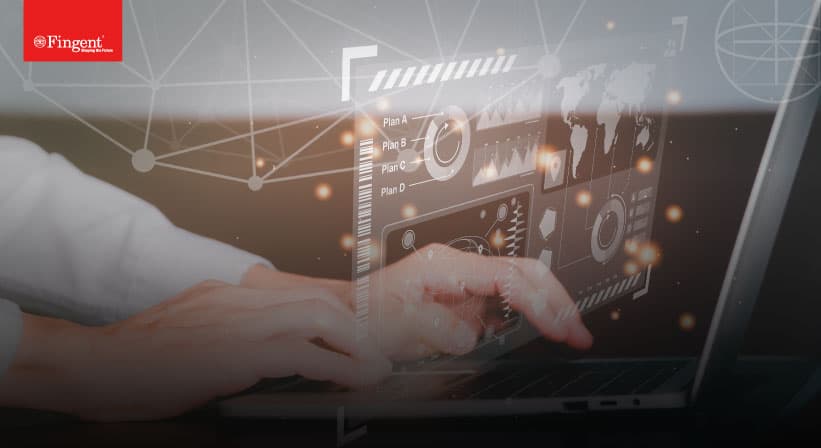
20 Aug 2024 B2B
Legacy Software Modernization: An Inevitable Path For Businesses
Wine and wisdom get better with age. But software doesn't. That's why experts say legacy software modernization is inevitable for modern businesses. Picture this! Ten years ago, you might have……
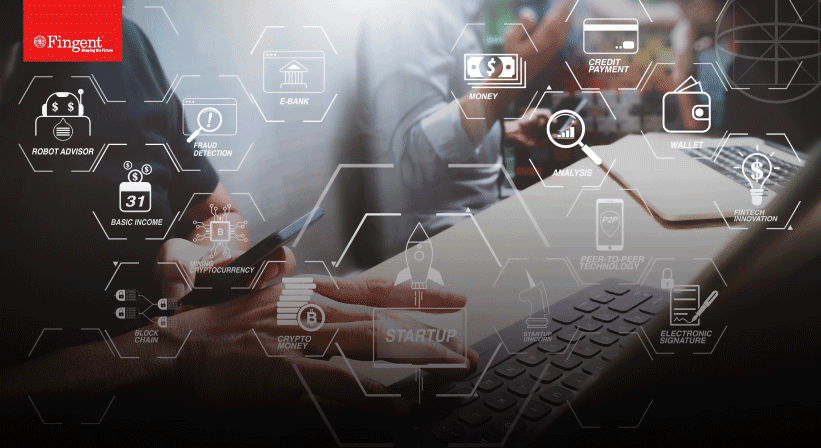
15 May 2024 Financial Services B2B
Custom Payment Processing Solution: A Game Changer For Your Business
How can a custom payment processing solution change your business? The benefits are many: streamlined payment processes, safe transactions, easy fraud detection, and better customer experience. However, you might wonder……
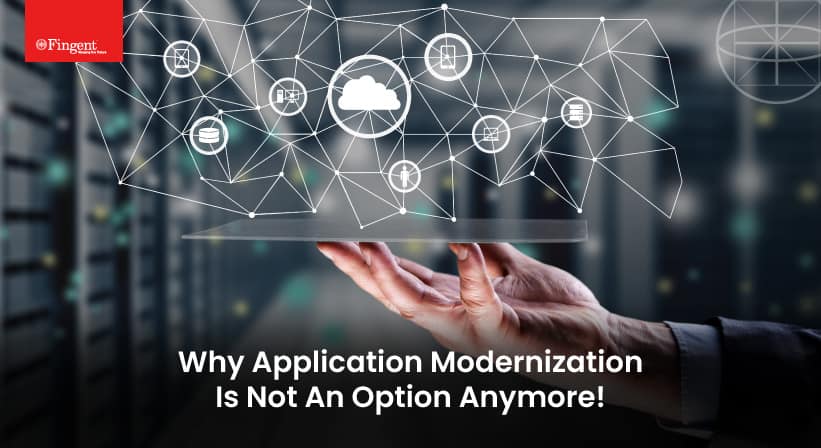
10 Feb 2024
Why Are Leading Businesses Prioritizing Application Modernization
The world of technology is evolving at a fast pace, with newly emerging advanced applications almost every day. With the significant growth of technology, we can also witness the transition……
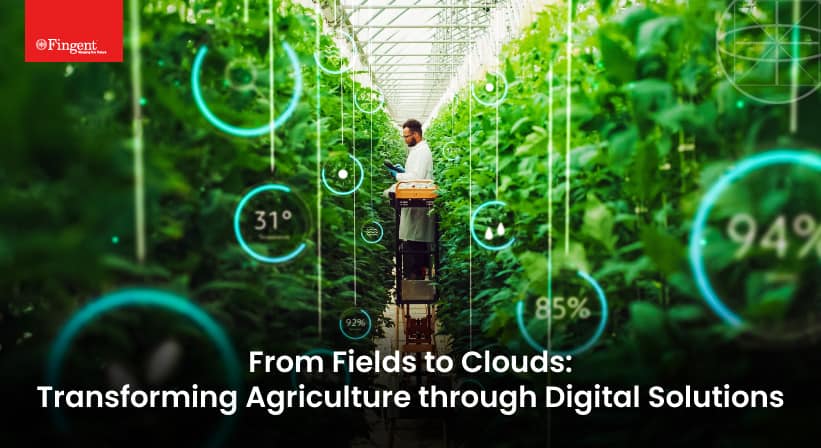
20 Dec 2023 B2B
Driving Smart and Sustainable Agriculture with Customized Technology!
As the world grapples with the challenges of climate change, soil degradation, and resource scarcity, agricultural organizations find themselves at a critical juncture. The urgency for adopting sustainable farming practices,……
Featured Blogs
Stay up to date on
what's new



